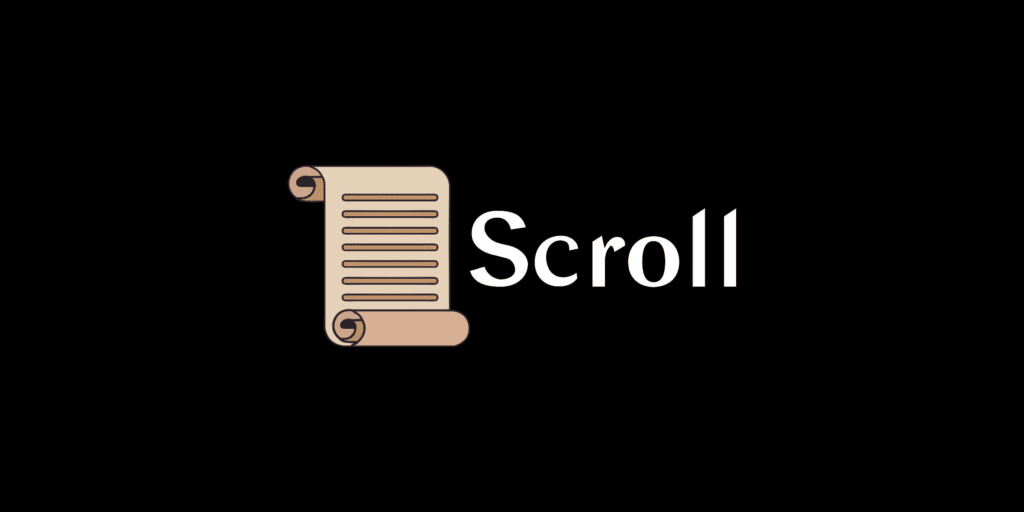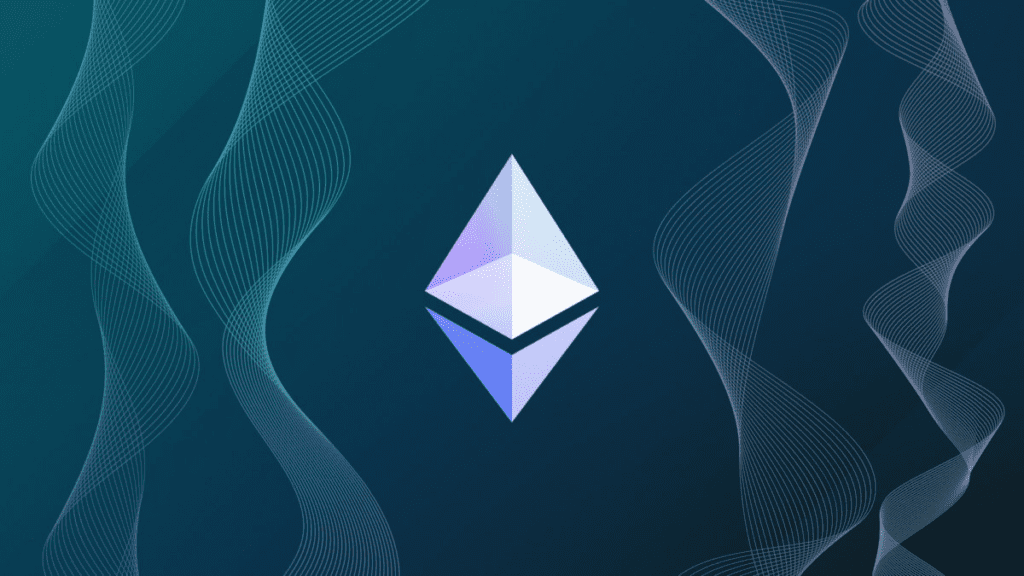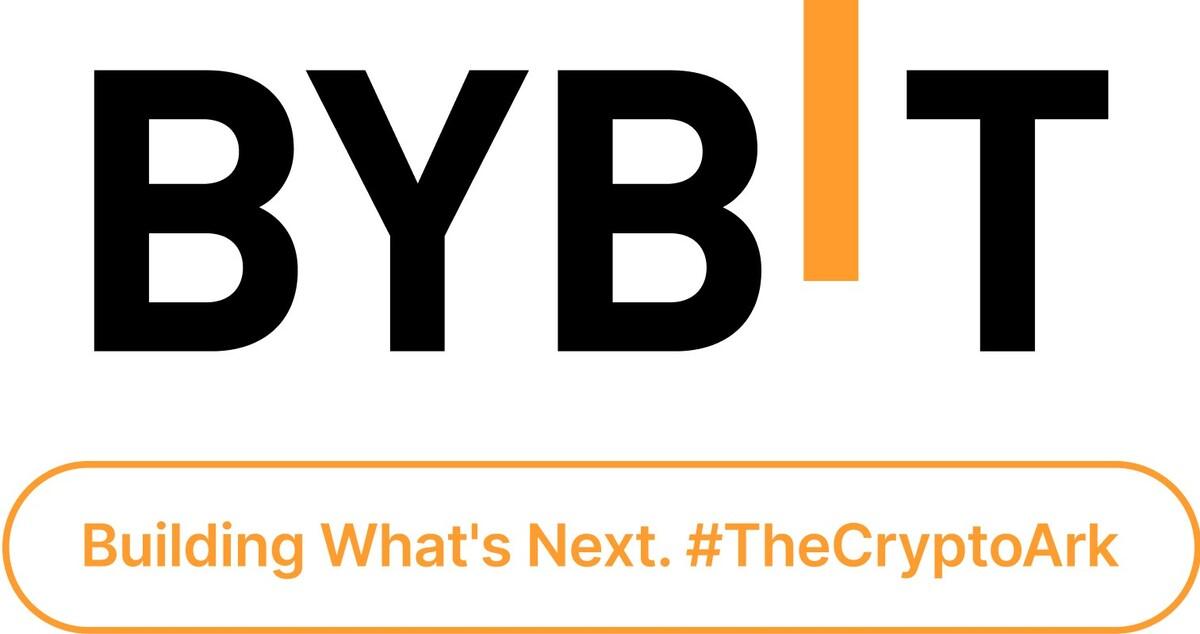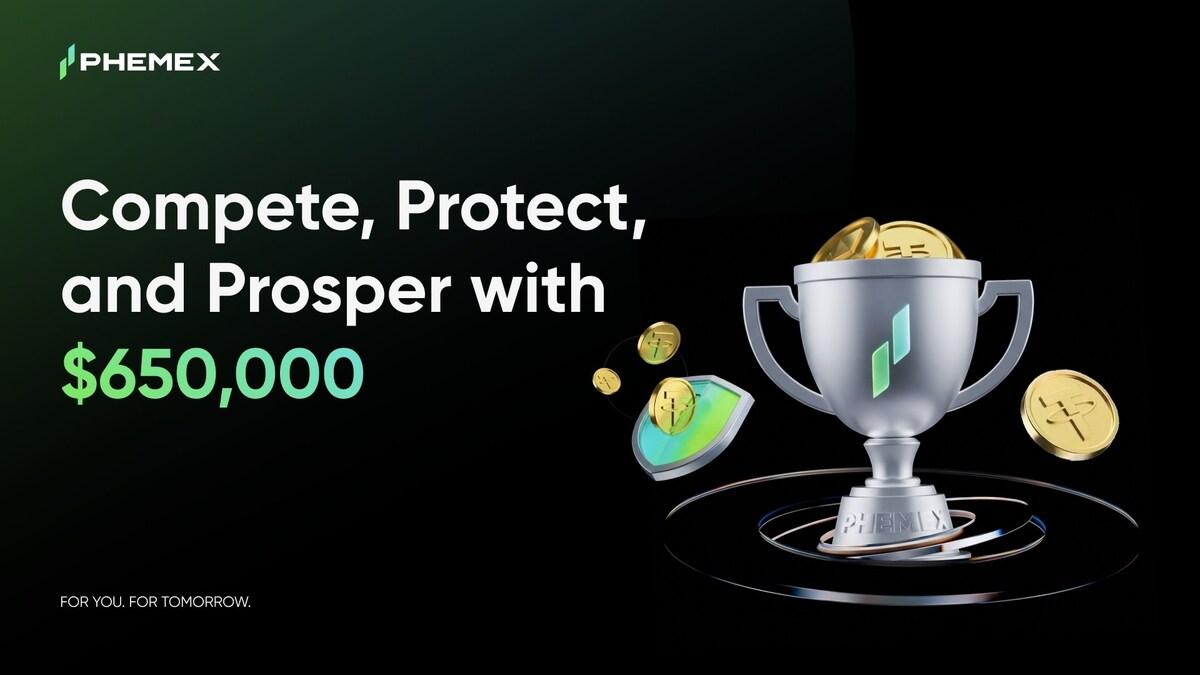In order to expand Ethereum with zkRollup based on zkEVM, Scroll is designed according to a set of technical principles that maintain the core value of Scroll. This post lays out these principles and how they relate to the broader design.

Scroll’s Technical Principles
Ensuring user safety
In the context of blockchain scaling solutions, the most important form of security concerns the integrity of user funds and data. While scaling solutions can provide users with additional capabilities, Scroll believes that ensuring users maintain access to their funds comes first.
For Scroll, this means that users should not need to rely on the reliability of Layer 2 nodes for security but can take advantage of full Layer 1 security, even when transacting at Layer 2. By building on Ethereum according to this principle, Scroll’s security is based on the most secure, decentralized consensus underlying Ethereum.
Maintain EVM equivalence
In addition to providing users with additional capabilities, an effective Ethereum scaling solution should provide users and developers with a seamless migration path from existing dApps and developer tools. Scroll believes that maintaining EVM equivalence is the best way to achieve this goal.
An EVM-equivalent environment behaves exactly like the Ethereum Virtual Machine specification in the Ethereum Yellow Paper. This means that users and developers can migrate without additional code modifications, costly audits, or disruptive changes to their development workflows.

EVM equivalence provides stronger guarantees than simple compatibility with the EVM through solutions such as translation. Compatibility alone would force users and developers to modify or even completely reimplement much of Ethereum’s supporting infrastructure. Also, without EVM equivalence, maintaining security becomes more difficult. Therefore, in order to maximize the convenience of developers and users, Scroll is EVM equivalent, not simply EVM compatible.
Efficiency
In order to allow users to enjoy a good experience at Layer 2, Scroll believes.
Transaction fees should be low, orders of magnitude cheaper than the base layer.
Users should experience instant pre-confirmation at Layer 2 and reasonably fast finality at the base layer (Ethereum in Scroll’s case).
While these conditions are easily met with centralized operators, they must continue to be maintained in a decentralized environment in order to maintain security. In the context of Layer 2, it is believed that Scroll should be as efficient as possible while maintaining user security and decentralization at Layer 2 and the base layer.
Decentralization to all levels of the community
Decentralization is a core property of blockchains that is often overlooked or inappropriately traded for decentralization. Consider it one of the most valuable aspects of a blockchain, and ensure that protocols and communities are alive and resistant to censorship or coordinated attacks.
It is believed that decentralization runs through many aspects of Scroll, including node operators, provers, and the community of developers and users. By building openly with the community and charting a solid path for the decentralization of proofs and ordering, Scroll is committed to ensuring decentralization at all levels.
Principles leading Scroll design
Scroll’s major design choices were naturally motivated by these technical principles.
Security and EVM equivalence lead Scroll to a zkEVM-based zkRollup solution
Security was a top priority when building Scroll. In the zkRollup-based design, the integrity of layer-2 transactions executed on Scroll is guaranteed by succinct zero-knowledge proofs verified in Ethereum’s underlying smart contracts.
This makes Scroll transactions as secure as transactions themselves on the Ethereum base layer. Therefore, users don’t have to trust any third party to keep their funds safe – the security comes from the underlying security of Ethereum and the mathematical guarantees of zero-knowledge cryptography. Scroll believes this is a set of assumptions of as little trust as possible, providing the best security for users.
After deciding on a zkRollup approach, Scroll had to work hard to make it acceptable to users and developers. It was quickly realized that achieving EVM equivalence via zkEVM was a holy grail. Although breaking the equivalence relation would greatly simplify this task, once it was realized that it was possible to build a zkEVM using recent breakthroughs in zero-knowledge cryptography, it was decided that this was the best option.
By taking on this technically daunting task, Scroll aims to provide the best possible user and developer experience. Scroll’s zkEVM uses succinct ZK proofs to prove the correct execution of native EVM bytecode, providing guarantees for the state transition function of the EVM itself and allowing Scroll to support Ethereum native developer tools such as the JSON-RPC interface and transaction format.
Decentralization leads Scroll to a decentralized network of validators
When designing Scroll’s zkEVM, it was quickly realized that putting the EVM into a ZK proof would result in a significant proof overhead due to incompatibilities between local fields. In order to reduce the final result of L1 caused by this proof time, Scroll decided to build its own Roller network, a network of permissionless and decentralized provers who produce proofs for Scroll’s Layer 2 blocks.
Scroll’s decentralized prover network has two main technical advantages:
- Scroll has designed the proof infrastructure to be highly parallelizable. This means that Scroll can massively scale proof computation by adding more proof nodes.
- The community will be incentivized to build better hardware solutions and run validators themselves instead of relying solely on centralized management from the Scroll team.
To bootstrap in the initial stages of the network, Scroll is building a GPU validator solution internally and open-sourcing it for public use. As this matures, Scroll is exploring ASIC and FPGA solutions with some hardware companies. In the long run, look forward to vigorous competition in this space and firmly believe that the delay and cost of proof generation will be reduced exponentially.
Finally, and most importantly, a solid commitment to Scroll’s community engagement and principles of decentralization, starting with the first decentralized prover. As Scroll approaches the mainnet, there are plans to decentralize the orderer along with Scroll’s network of validators, providing greater censorship resistance and robustness to the protocol.

Efficiency leads Scroll to focus on open research-driven innovation
To make Scroll’s zkEVM practical under the strong constraints of security and decentralization, Scroll leverages innovative research-driven solutions from the entire community. Scroll’s zkEVM design incorporates recent breakthroughs in proof systems, proof aggregation, and ZK hardware acceleration, to name a few.
Scroll’s open development approach enables collaboration with the Ethereum Foundation’s PSE (Privacy and Scaling Exploration) group and other collaborators to find the best ideas, and we believe this open-source approach to research will result in the best and most effective solution.
As the first production release of Scroll’s zkEVM approaches, Scroll continues to focus on optimizing and integrating the latest and greatest technologies. Under this idea, it is currently being explored.
- How to improve the efficiency of blob data after post-danksharding
- How to jointly optimize Scroll’s zkEVM with the new hardware-friendly ZK algorithm
- How to expose new ZK primitives to second-tier application developers
DISCLAIMER: The Information on this website is provided as general market commentary and does not constitute investment advice. We encourage you to do your own research before investing.
Join us to keep track of news: https://linktr.ee/coincu
Harold
Coincu News














